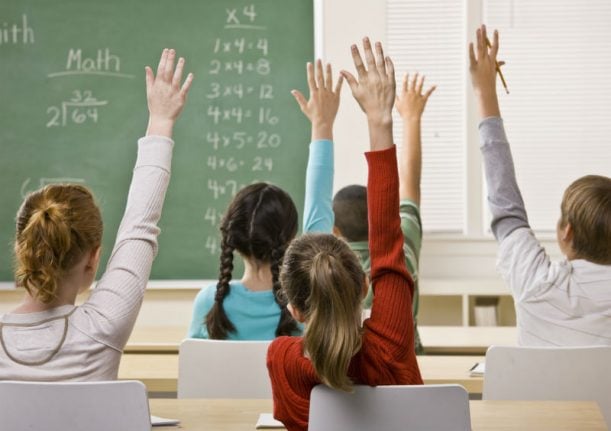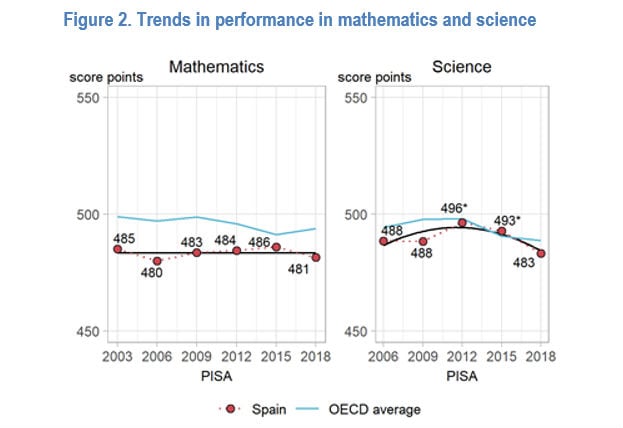"The quality of an education system can never exceed the quality of its teachers," Andreas Schleicher, the OECD's Deputy Director of Education and Skills, told reporters at a press briefing in Stockholm on Tuesday.
"In higher-performing countries, teachers have higher salaries but also clear career possibilities."
The analysis, which marks the first time ever that Sweden has asked the OECD for extra help in evaluating its school system, also found that Sweden has relatively high costs per student, with only nine other OECD countries spending more money per pupil.
Overall, Sweden spends an average of $95,831 per student from age 6 to 15, a level higher than Finland, but below Denmark and Norway. However, the OECD report said that there is "no clear relationship between spending on education and performance" once a country spends more than $50,000 per student.
Returning to the theme of teachers, Schleicher emphasized their importance to having a strong education system. He explained that raising the status of the teaching profession and creating clear career-advancement opportunities requires a dependable system for evaluating performance.
"High performing education systems typically prioritize the quality of teachers, and everything associated with this salaries, and professional evaluation, over class size," he said.
"Clear evaluation, robust evaluation — telling people the truth. That’s a simple thing to do."
More broadly, there needs to be a perception in society that education is important and high expectations should be placed on students to perform well in the classroom.
"High performing systems show a very strong commitment to universal achievement," said Schleicher, bringing Finland as an example.
"One of the big differences between the two countries is the level of aspirations, the level of expectations placed on every student."
Compared to Sweden, students in Finland are expected to do well, regardless of their background.
"There's no tolerance for failure in the system," he added, explaining the Finnish system makes it clear who is responsible to whom.
In Sweden, on the other hand, students tend to say performance is a question of talent, luck, and materials rather than their own individual efforts.
The OECD's supplemental analysis also criticized Sweden's preference for project-based learning in the classroom, saying it puts too much of the burden of learning on the shoulders of students. In more high-performing country like South Korea, teaching is viewed "as a science".
"They are not letting students find their own ways to learn," said Schleicher.
"Professionals collaborate to see how we teach certain things best. And what may look like ‘traditional’ learning may in fact be highly, highly effective. It may look traditional but actually it's quite well aligned with what modern research tells us about effective teaching practice."
The report was put together at the request of the Swedish government after Sweden's schools' performance had fallen below the OECD average in reading, maths, and science in the international Pisa comparison released in December.





 Please whitelist us to continue reading.
Please whitelist us to continue reading.
Member comments